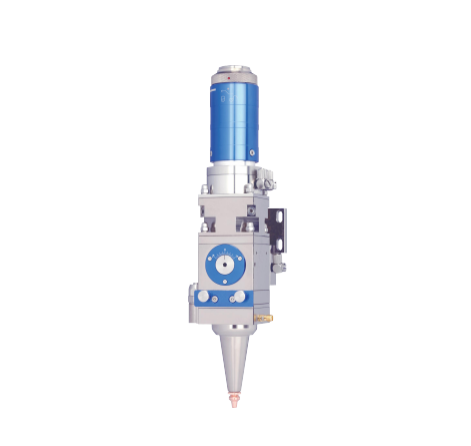
Laser focusing distance tolerance refers to the acceptable range within which the laser can effectively focus on the target. This tolerance is affected by various factors, including the wavelength of the laser, the optics used in the focusing system, and the accuracy required by the application.
Depending on the application, specific tolerance requirements can vary significantly. For example:
Material Processing: In laser cutting or welding applications, precise focus is key to achieving the desired results. Tolerances on focus distance can be very tight, often in the micron range, to ensure accurate material removal or joining.
Laser Marking: When marking or engraving surfaces with a laser, tolerances on focusing distance can be more forgiving than in cutting or welding applications. However, it still requires control to achieve crisp, clear marks.
Medical Applications: In medical procedures such as laser surgery or laser therapy, focus distance tolerance is critical to ensure precise treatment of tissue while minimizing damage to surrounding areas.
Laser Ranging and Sensing: In applications such as lidar (light detection and ranging) or laser-based distance measurement, the tolerance of the focus distance determines the accuracy of the distance measurement and can vary depending on the accuracy required of the system.
Laser system manufacturers typically specify acceptable focusing distance tolerances in their technical specifications or user manuals, taking into account factors such as beam divergence, focusing optic focal length, and intended application. In addition, advanced control systems and feedback mechanisms can be used to maintain the optimal focus distance in real time, especially in applications where dynamic environments or target distances change.
